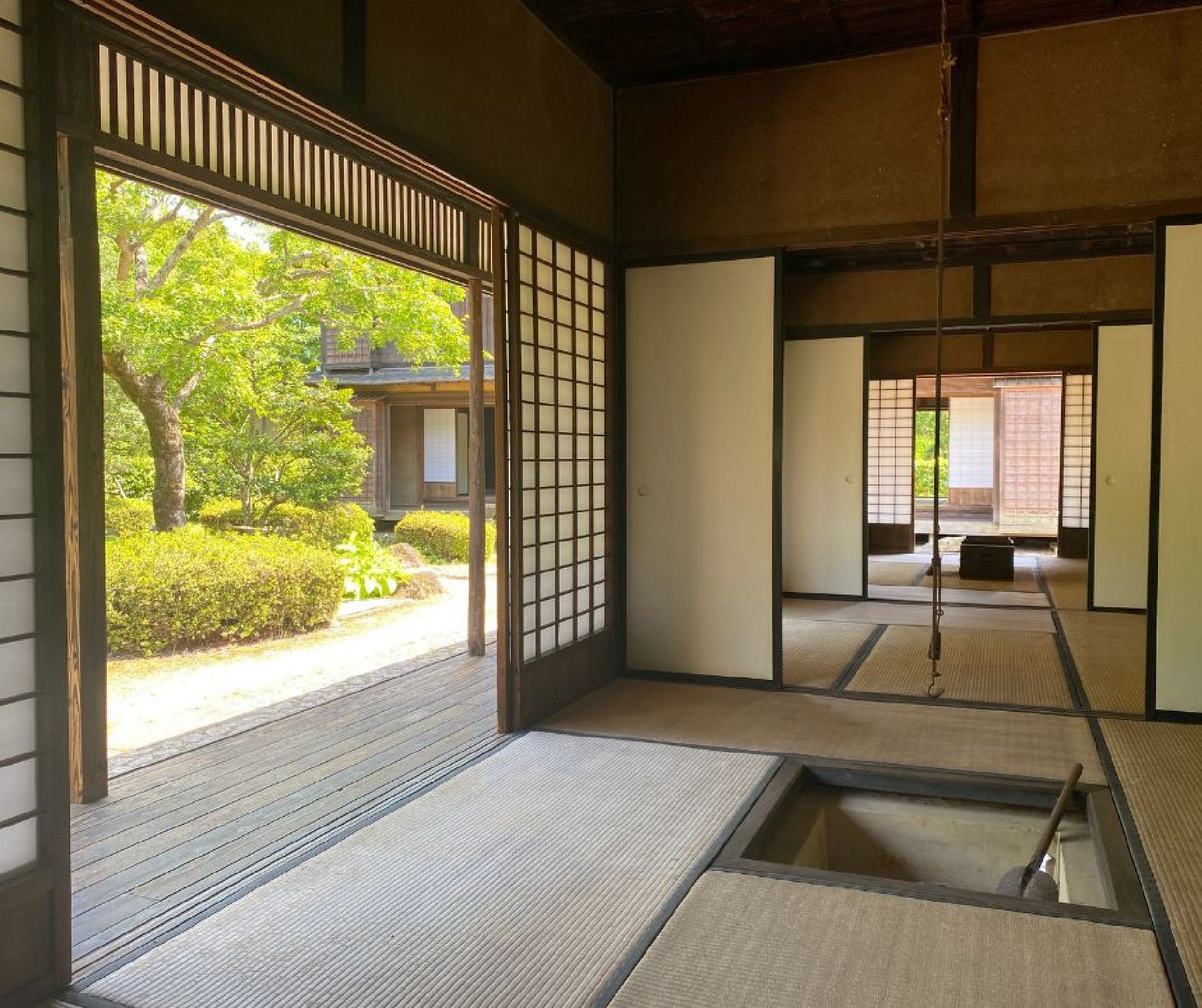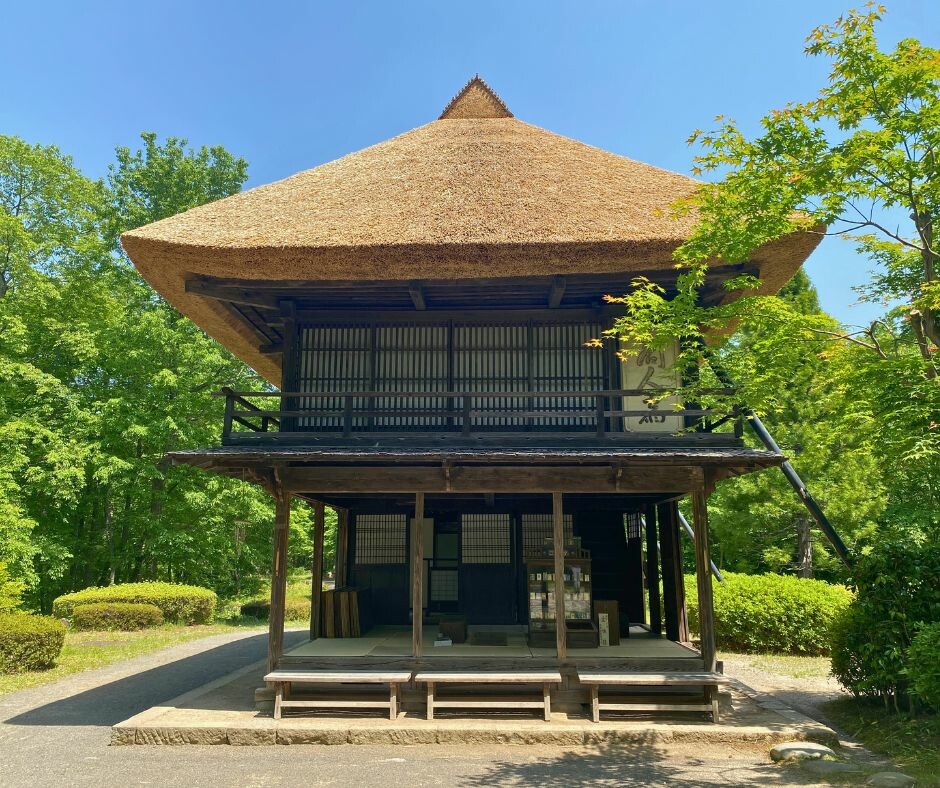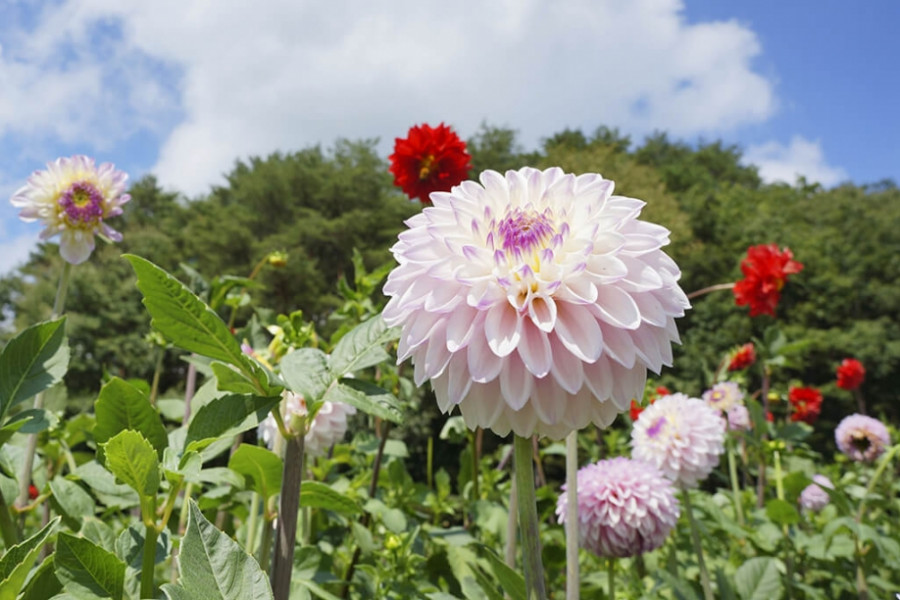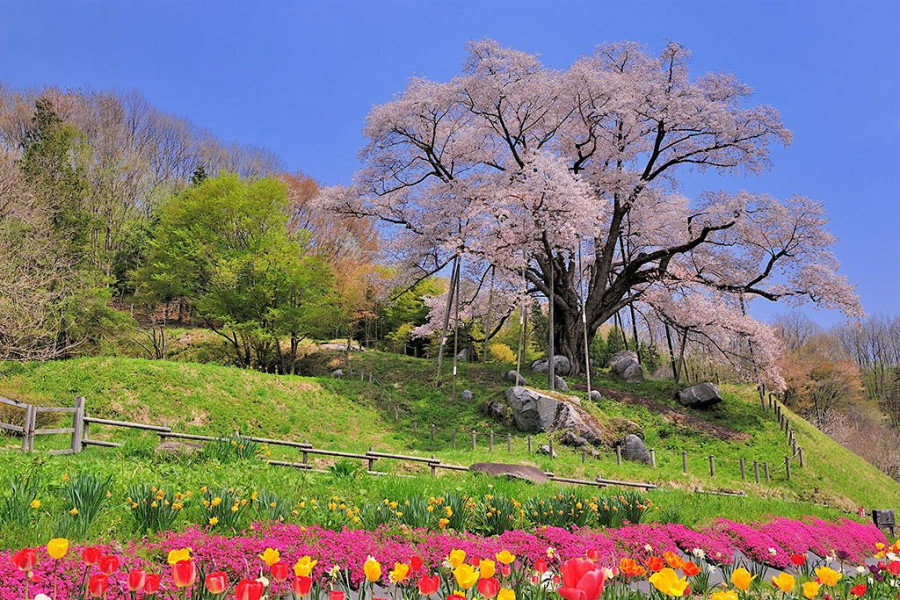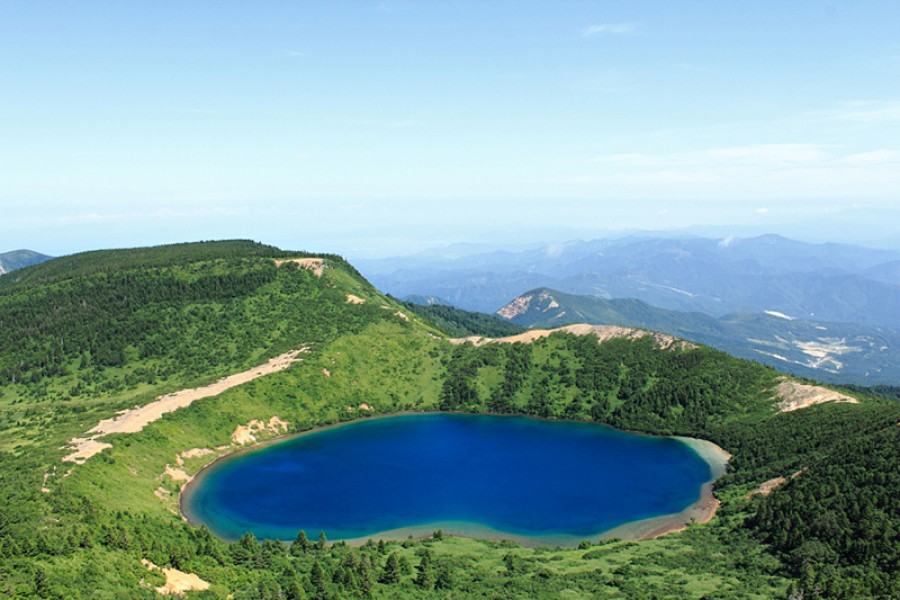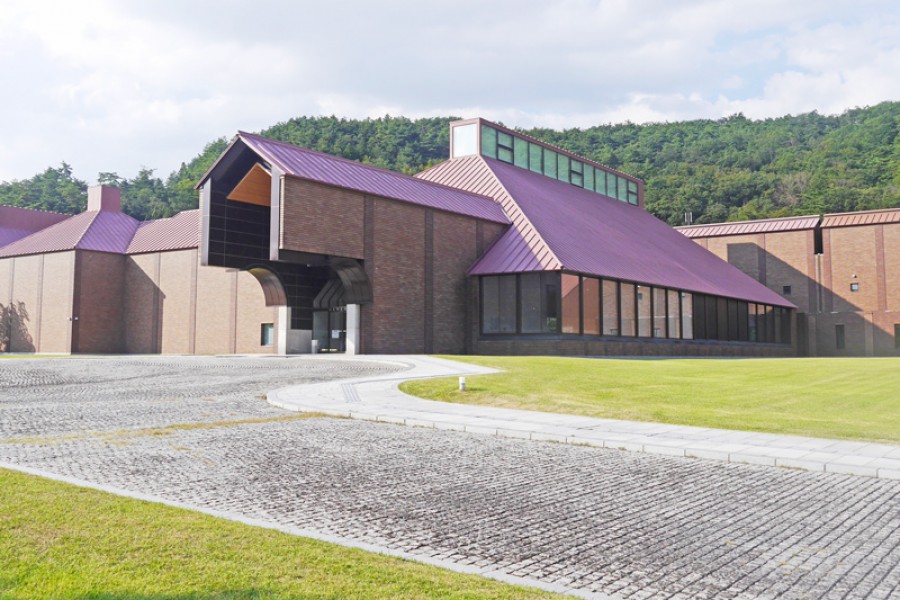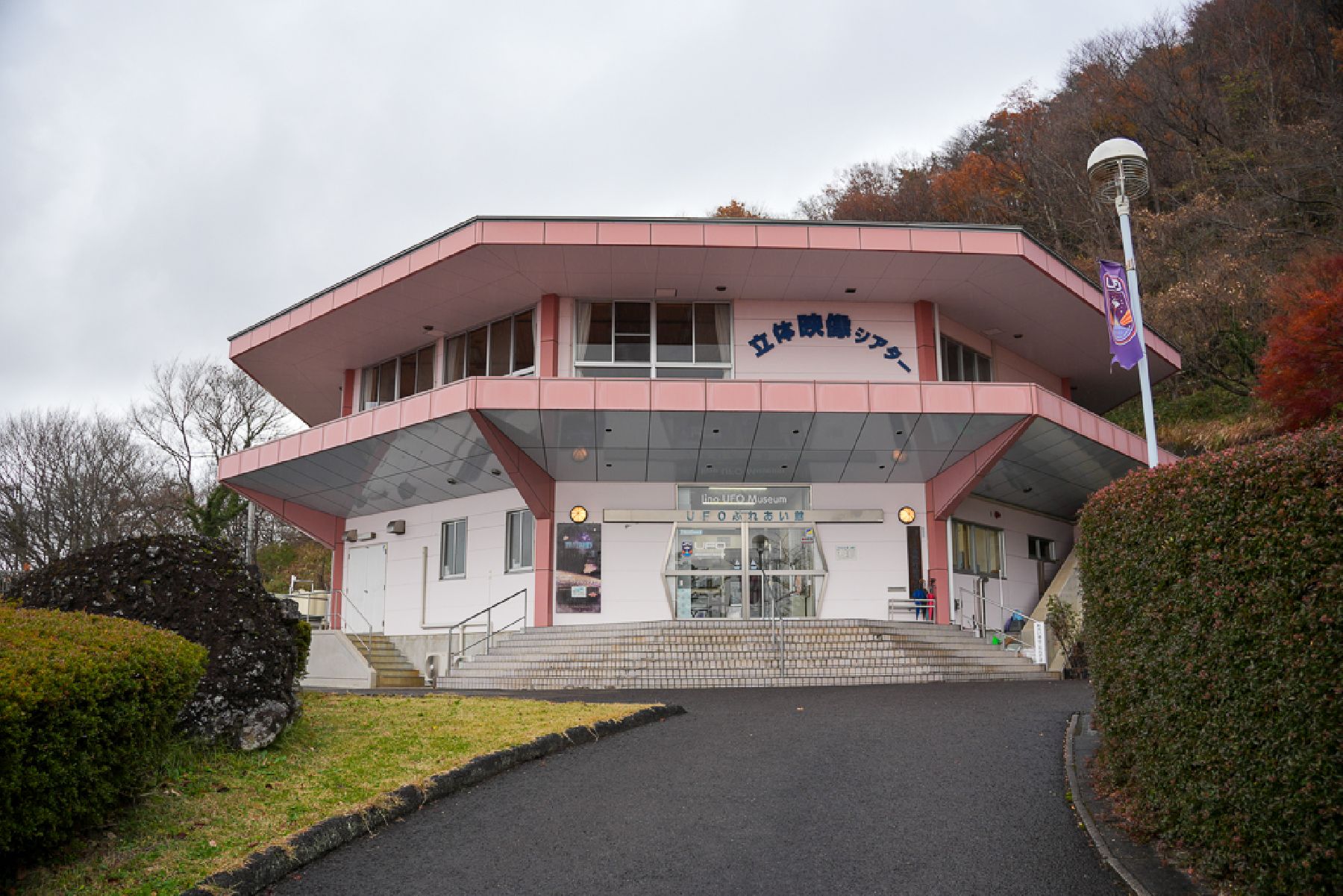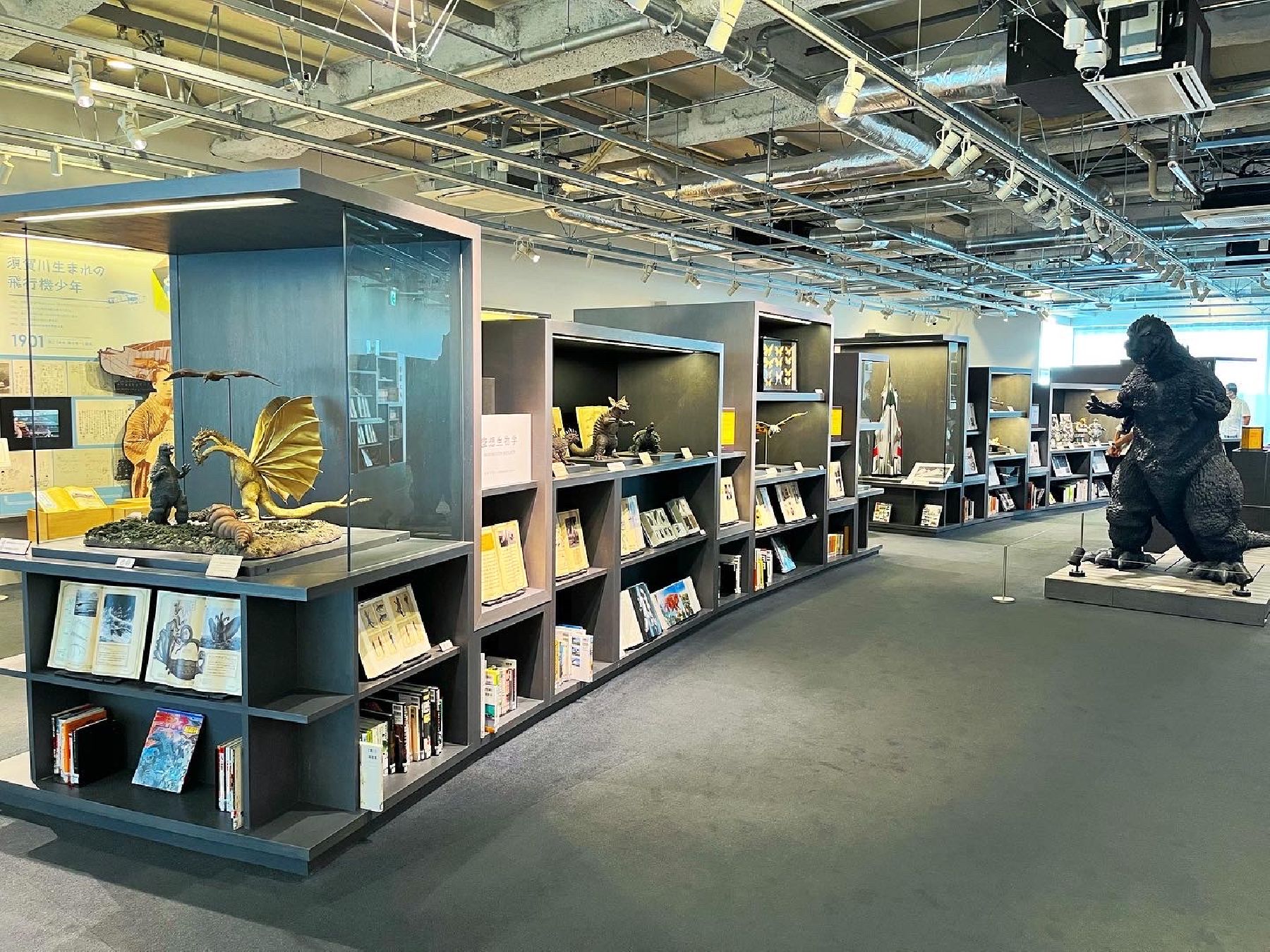
BRITOMART
BRITOMART is a stylish and rural shopping and restaurant complex in Miharu Town, Tamura district. It makes for the perfect place for a pit stop, or to take a coffee or lunch break if you’re visiting nearby tourist attractions, such as the Miharu Takizakura or the Koriyama Museum of Art. Its many wooden storefronts blend wonderfully with the surroundings.BRITOMART includes a bakery, a coffee shop, an interior shop, a restaurant, a home and garden shop, and more. Relax and enjoy the natural environment in the heart of Miharu, a beautiful rural town in central Fukushima prefecture, known for having splendid displays of flowers in the spring, and thousands of sakura trees.
